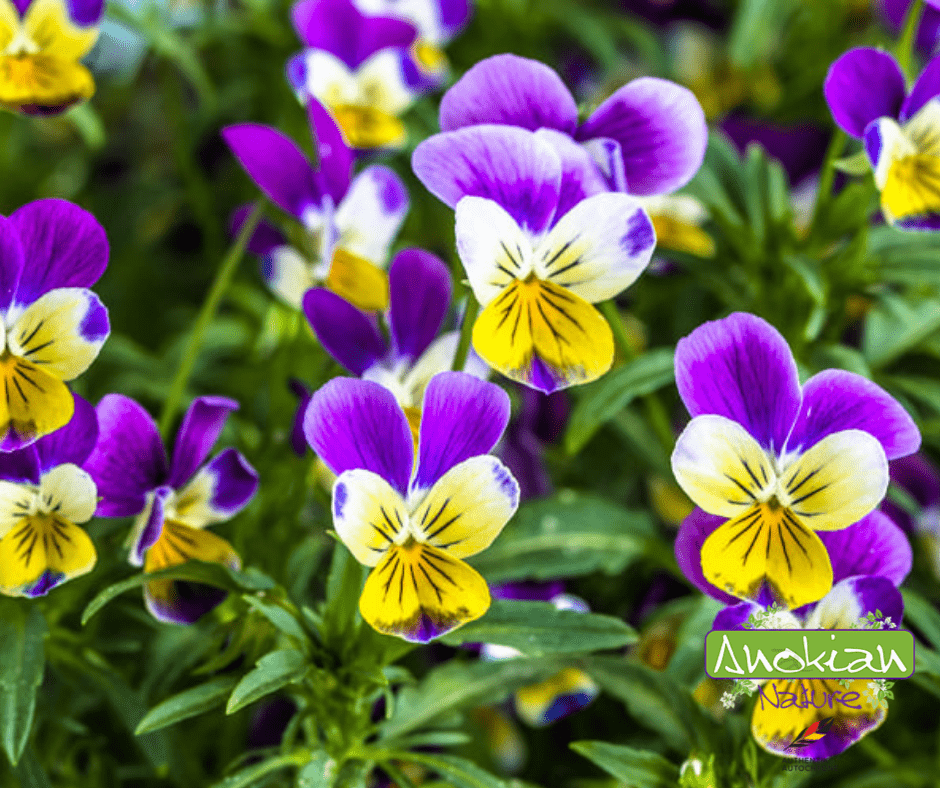Skip to product information










Seed | Wild Pansy
$3.99 CAD
Quantity
Discover Wild Pansy seeds, a robust and elegant plant, ideal for enriching your natural spaces or ecological gardens. Easy to grow, they promote biodiversity by attracting essential pollinators.